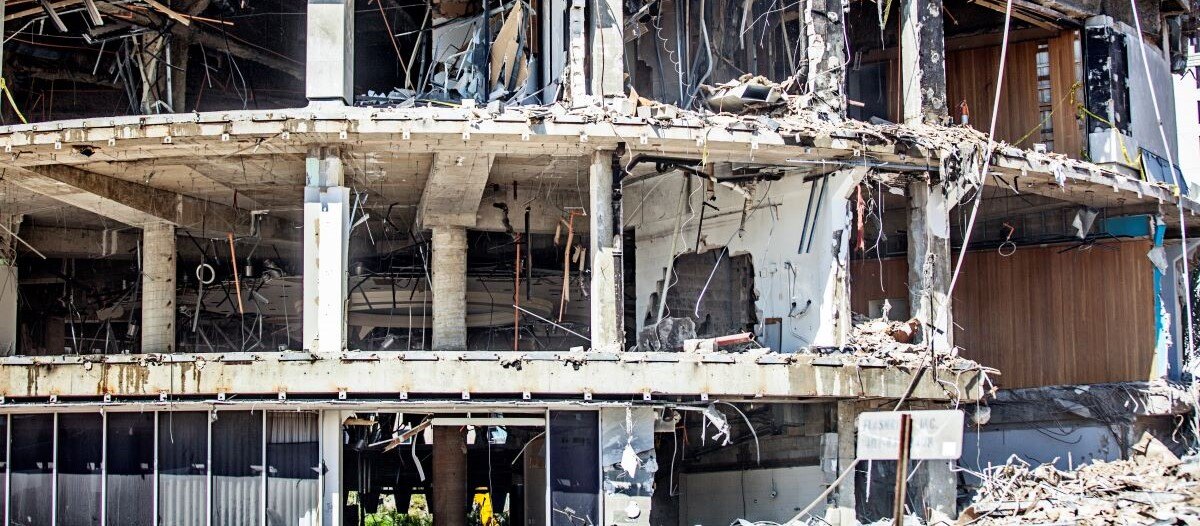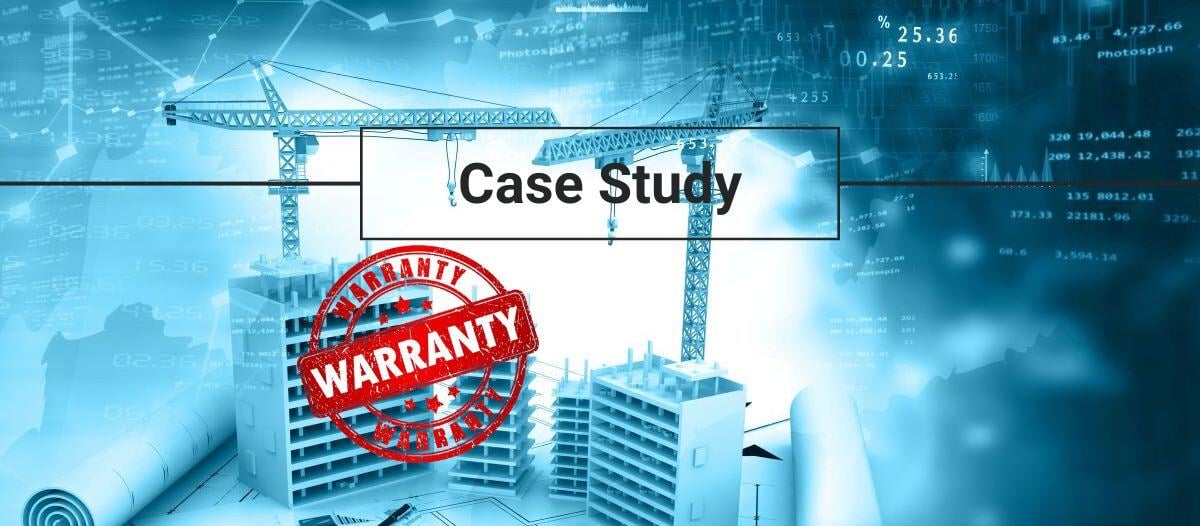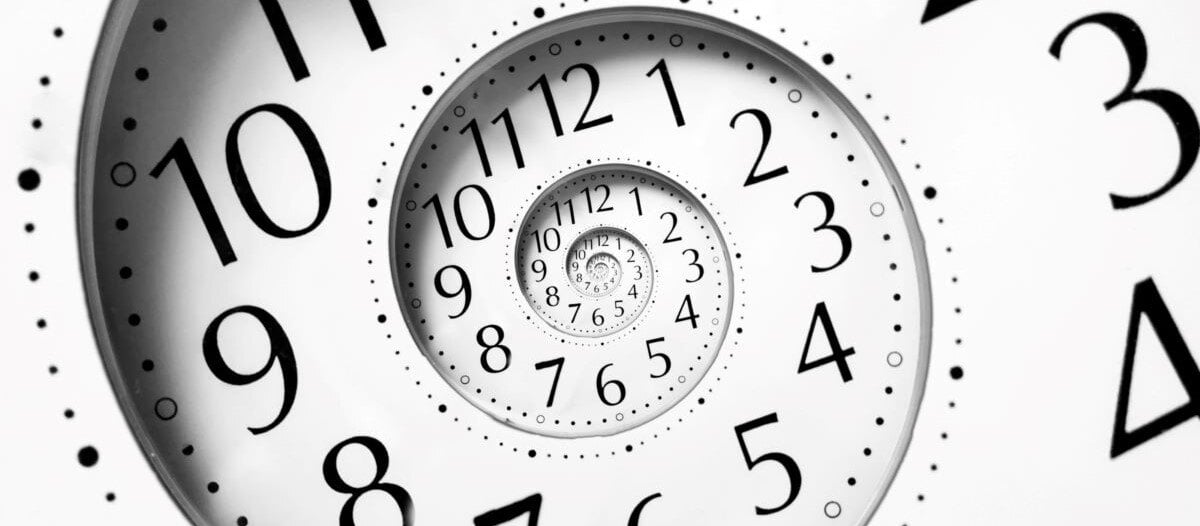Increasing a Facility’s Resilience
Using modern building codes to minimize risk

Natural disasters are increasing in frequency and severity due to extreme weather conditions and a changing climate. A variety of perils are causing these disaster events including tropical cyclones, extreme heat and cold, tornadoes, flooding, wildfire, severe hail-producing thunderstorms and even derechos. The recent earthquakes in Türkiye and Syria, collectively responsible for the loss of more than 50,000 human lives, serve as a stark reminder that the seismic danger is ever.
In 2022, the U.S. experienced a total of 18 billion-dollar disasters totaling $165 billion in economic losses and claiming 474 lives. The year tied with 2017 and 2011 for the third-highest number of billion-dollar disasters in U.S. history.
For facility managers, managing and mitigating the multitude of risks associated with natural disasters is challenging.
The good news is that - whether for new construction, remodels, renovations or retrofits - using modern building codes to design and construct facilities is one of the best and most cost-effective ways to mitigate more frequent and severe natural disasters.
The vital role of modern building codes in managing risk & mitigating disaster losses
In the face of more frequent and severe natural disasters, facility managers and building owners recognize the critical need for safer, more disaster-resilient buildings. In its Natural Hazard Mitigation Saves report, the National Institute of Building Science (NIBS) found that incorporating contemporary construction features that allow buildings to survive natural disasters, on average, amounts to just 1 –2 percent of total building construction costs.
A 0.7 percent increase in the cost of construction means a building can be reinforced to withstand shaking during an earthquake. Similarly, a 1.2 – 1.7 percent cost increase over standard construction costs will raise a building’s ground floor, generating a flood safety factor or “freeboard” needed to withstand most floods. These added costs are minimal when compared to the costs of business disruptions and repairs, lost revenue or the total loss of a facility.
The report also found that adopting the latest building code requirements saves $11 for every $1 invested. For example, adopting the earthquake-related safety provisions of the International Codes or I-Codes saves $12 for every $1 invested. Adopting the wind-related safety provisions of the I-Codes saves $10 for every $1 invested. Finally, adopting the riverine flood-related safety provisions of the I-Codes saves $6 for every $1 invested.
On the importance of designing and constructing facilities using modern building codes, the Natural Hazard Mitigation Saves report highlights Anheuser-Busch. The company spent $11 million to perform a seismic retrofit of its Van Nuys, California USA brewery just prior to the 1994 Northridge earthquake. The company saved US$2 billion in losses avoided, while protecting its market share and the safety of its employees.
Whether considering new construction or a renovation, remodel, or retrofit of an existing building there are a variety of cost-effective, disaster-resistant options within modern building codes that can help FMs more effectively manage their risk and mitigate potential losses from natural disasters.
However, there is a significant gap to close.
According to the Federal Emergency Management Agency (FEMA), only 25 percent of hazard-prone jurisdictions in the U.S. adopt the latest two editions of hazard-resistant building codes. State and local governments, commonly referred to as the authority having jurisdiction (AHJ), regulate the built environment. AHJs rely heavily on model codes and standards published by code developers, like the International Code Council, to serve as the basis for their building codes. However, most AHJs are using older versions of building codes. In many cases, these are weakened versions of the model codes where the disaster-resistant provisions of the codes have been modified or even fully amended out of the code.
There are several effective ways FMs can proactively strengthen their buildings to avoid business interruptions and disaster-related losses while making facilities more resilient to natural disasters. Designing and constructing resilient buildings requires preparing and planning for buildings to absorb, recover from or successfully adapt to adverse events.
Become familiar with applicable building codes and standards
When it comes to mitigating risk from natural disasters, having a working knowledge of current building codes and standards is important for anyone involved in the design, construction, operation, and maintenance of a building, especially facility managers. Remember that model codes only represent the minimum requirements for the design and construction of safe buildings. Organizations should challenge their design and construction professionals to help understand the options. Meet with governmental emergency managers to learn more about the natural hazards that can impact a facility. Local building officials are also a great resource for information regarding what is required to design and build a facility as well as cost-effective above-code options that might be available.
Incorporate disaster-resistant construction features
Whether designing new construction or performing remodels, renovations or retrofit projects, always take the opportunity to incorporate disaster-resistant construction features into the next design. For example, the International Existing Building Code (IEBC) includes an appendix of Guidelines for the Seismic Retrofit of Existing Buildings.
Incorporating a storm shelter into the next design is a potentially life-saving investment that can be retrofitted into existing buildings or included in new construction projects. The ICC 500: ICC/NSSA Standard for the Design and Construction of Storm Shelters provides minimum design and construction requirements for storm shelters that offer a safe refuge from storms that produce high winds, hurricanes and tornadoes.
Prepare the FM team for disasters
Each May, the International Code Council sponsors its annual Building Safety Month campaign. Building Safety Month is an international campaign to raise awareness about building safety. Building Safety Month reinforces the need for the adoption of modern, regularly updated building codes, and helps individuals, families and businesses understand what it takes to create safe and sustainable structures.
Similarly, the U.S. Department of Homeland Security’s Ready campaign is a national public service campaign designed to educate and empower the American people to prepare for, respond to and mitigate emergencies, including natural and man-made disasters. The goal of the campaign is to promote preparedness through public involvement. The Ready Campaign is a great resource for FMs to prepare their occupants and facility management teams for natural hazards such as floods, hurricanes, tornadoes, and earthquakes. dedicated exclusively to preparedness planning for businesses.

Karl Fippinger, CEM, PMP, is vice president, fire and disaster mitigation, for the International Code Council. He is a 30-year veteran of the fire and emergency services having served as an assistant fire chief with the Occoquan-Woodbridge-Lorton Volunteer Fire Department in Prince William County, Virginia USA, as well as an adjunct fire and rescue instructor for the Fairfax County Fire and Rescue Department in Fairfax County, Virginia. Fippinger is also a certified emergency manager with the International Association of Emergency Managers and brings more than 25 years of public- and private-sector experience in federal, state and local disaster preparedness, response, recovery and mitigation.
References
climate.gov/news-features/blogs/2022-us-billion-dollar-weather-and-climate-disasters-historical-context
nibs.org/projects/natural-hazard-mitigation-saves-2019-report
iccsafe.org/products-and-services/i-codes/the-i-codes/
conservation.ca.gov/cgs/earthquakes/northridge
stantec.maps.arcgis.com/apps/MapSeries/index.html?appid=a053ac48343c4217ab4184bc8759c350
Codes.iccsafe.org/content/IEBC2021P1
codes.iccsafe.org/content/IEBC2021P2/appendix-a-guidelines-for-the-seismic-retrofit-of-existing-buildings
Codes.iccsafe.org/content/ICC5002020P1
iccsafe.org/advocacy/building-safety-month/building-safety-month/
ready.gov/about-us
ready.gov/business
Read more on Finance & Business , Real Estate and Risk Management
Explore All FMJ Topics









